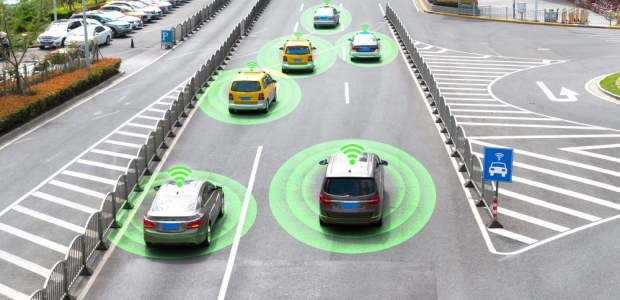
RAND Report Offers Framework for Measuring Automated Vehicle Safety
The report defines safety as elimination, minimization, or management of harm to the public, possibly including animals and property.
A new report from RAND Corporation offers a framework for measuring safety in automated vehicles (AVs), one that could be used by companies, policymakers, and the public. The report's authors considered how to define safety for AVs, how to measure their safety, and how to communicate what is learned or understood about them. It compares the challenges to people's perceptions of safety with other types of technology when those were first introduced, including elevators, and discusses how aviation safety's progress might be comparable.
Given AVs' limited on-road exposure compared with conventional, human-driven vehicles, the authors also consider options for proxy measurements — i.e., factors that might be correlated with safety — and explore how safety measurements could be made in simulation and on closed courses. Their report highlights the kinds of information that could be presented to boost public understanding of AV safety.
Saying no standard definition of safety exists in regard to AVs, the report defines safety as the elimination, minimization, or management of harm to the public (with an emphasis on people, although it can include animals and property). It says the methods of measuring safety must be valid, feasible, reliable, and non-manipulatable; they can be leading (proxy measures of driving behaviors correlated to safety outcomes) or lagging (actual safety outcomes involving harm).
Clearer communication about safety between the industry and the public will be critical for public acceptance of AVs, they point out. During AV development, regulators and the public should focus their concerns on the safety of the public, not on how development is progressing, the report says. It also says research is needed on how to measure and communicate AV system safety in an environment where the system evolves through frequent updates.
The research described in the report was prepared for the Uber Advanced Technologies Group and conducted by the Science, Technology, and Policy Program and the Justice Policy Program within RAND Justice, Infrastructure, and Environment.